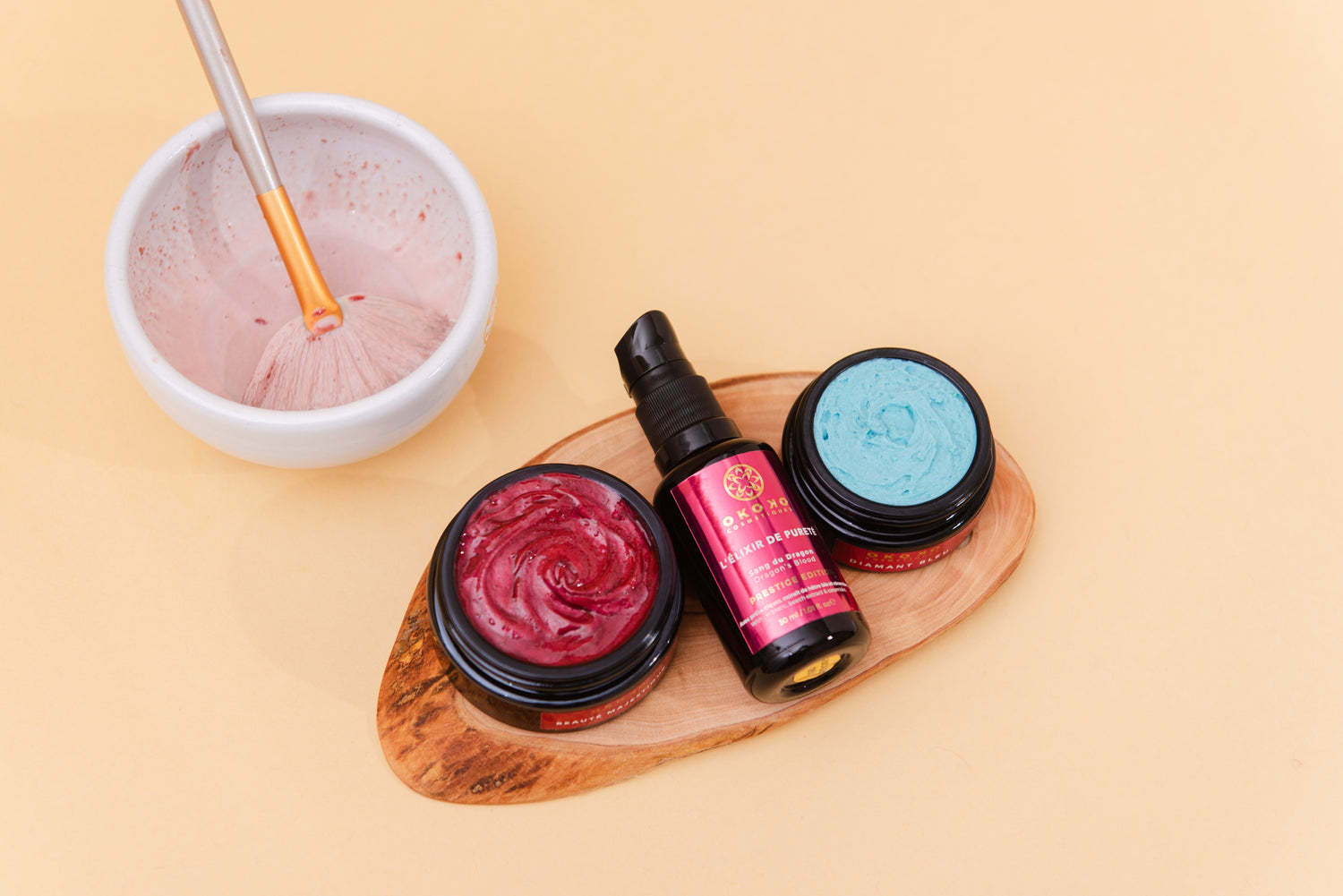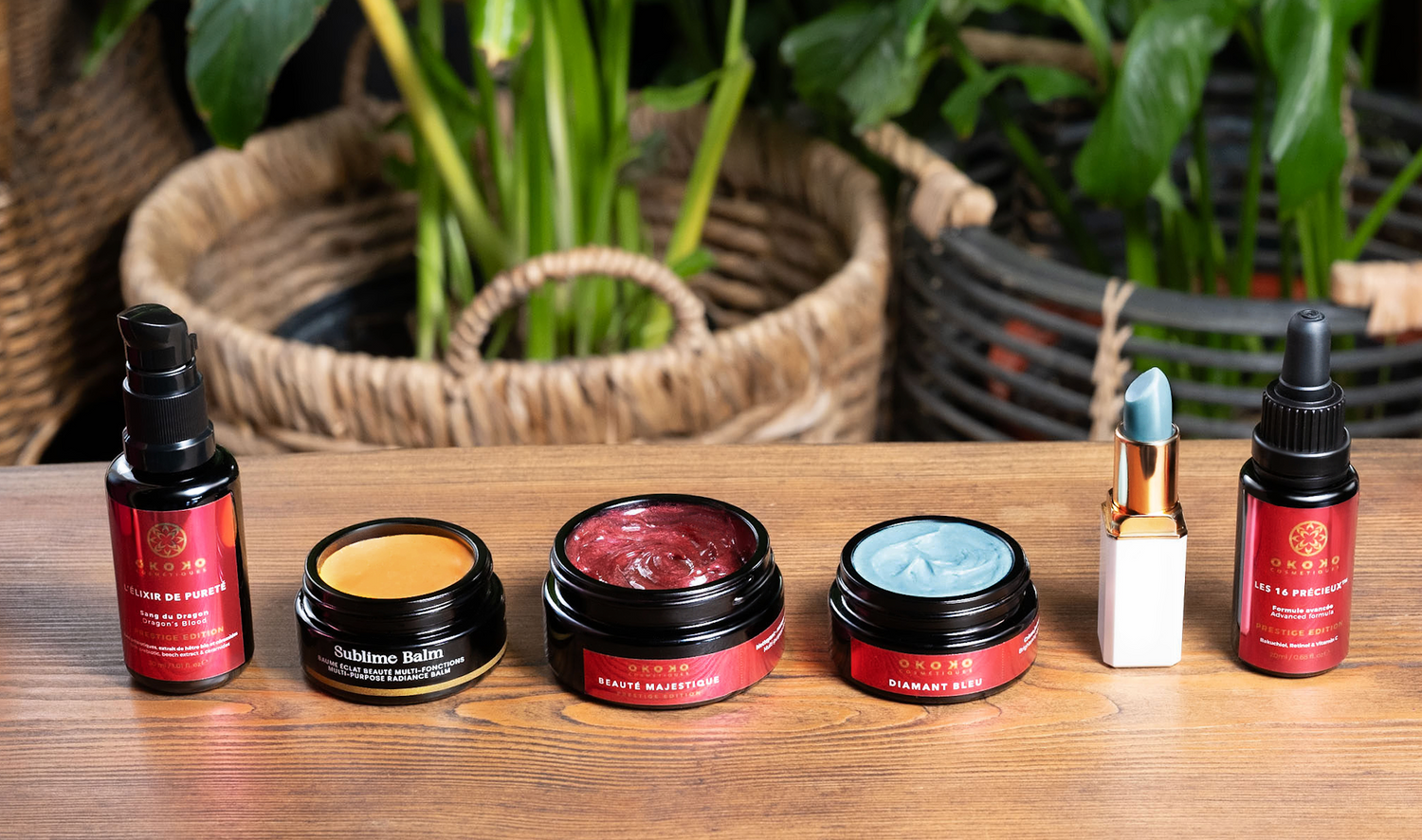Are you new to natural skin care and green beauty, and wondering what are the main differences with mainstream cosmetics? In this article, I demystify and breakdown some of the main differences between green beauty products vs mainstream cosmetics (all without relying on myths or fear mongering techniques).
Demystifying the world of natural skincare vs conventional skincare
Natural cosmetics:
- Formulas usually have a higher amount of natural sources derived and organic ingredients.
- Because natural derived ingredients will degrade with time (like food) their shelf life is less than 1.5 year. Think of edible ingredients like botanical oils, they will remain fresh for 9 months to a year and then their appearance/color/texture/properties may change because they don’t have an indefinite shelf life.
- Artisan of natural cosmetic are usually more eco-conscious and driven by their ethics in every area of their business from sourcing to production. Often artisan brands will source ingredients from the source, perform the extraction and production artisanaly to get the purest (non-altered) form possible of the raw material.
- Most natural cosmetics brands use unrefined ingredients that delivers more potent benefits because the key constituents are still intact.
- Due to a "fairly new market", there's not enough ingredient innovation to compete with mainstream long establish brands and technologies and the options for natural and effective preservatives is also limited.
Mainstream (Conventional) cosmetics:
- Conventional skincare doesn’t usually focus on “natural or “organic”. They generally include a minimal amount of natural and organic ingredients if any at all. Often these ingredients will appear at the end of the ingredient list.
- Ingredients use in mainstream cosmetic usually have a longer shelf live as many of them are synthetic and lab made. Typical shelf life of synthetic ingredients can be 2-4 years.
- Mainstream cosmetics uses more synthetic & lab made ingredients (this does not mean that they are to be avoided, some synthetic ingredients are completely identical to their natural counterpart and sometimes are more sustainable).
- Are generally less colorful and often are more neutral in appearance (think of a white cream).
- There’s are big concerns of users regarding potential harm related to their preservatives, dies, or stabilizers.
How to decode your cosmetics labels is an easy to understand digital book that teaches you to become a more savvy shopper.
It will help you to :
- Extend your knowledge in skincare.
- Feel more confident as a shopper/consumer and know what you are buying.
- Shop the best products for your skin needs and see the results you expect.






